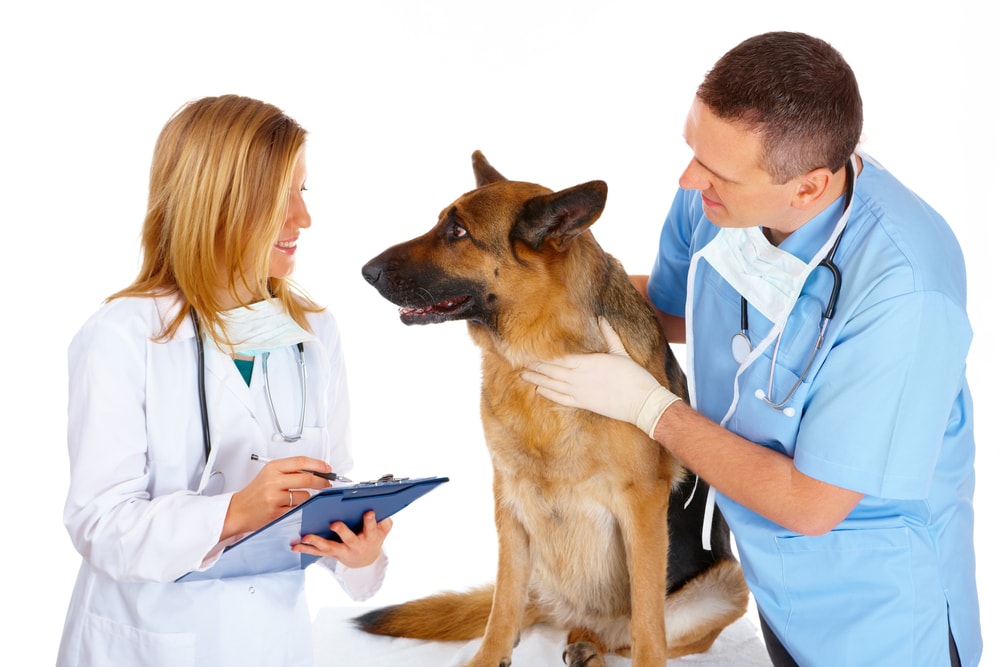Hypoadrenocortism (more commonly Addison’s Disease) is a
condition not many pet with which not many pet owners are familiar. This
condition is present in dogs that can not produce normal circulating steroids
in the body. Steroids produced by animals (and people) are essential to the
body to help deal with stressful situations. Without these steroids patients
can become very will and in a crisis could even die.
Probably the most difficult aspect of Addison’s disease is
that the symptoms mimic MANY other conditions. They are very generic and can
range from intermittent vomiting and diarrhea, to weakness, lethargy, increased
drinking and increased urination. This can at times make it very difficult to
diagnose in a patient on its first episode, especially if it is mild. Many
times pet owners may not even notice the symptoms as the patient will just not
be them self for a day or so and then be back to normal. However many owners
tend to pick up a pattern if this continues to happen and at that time a trip
to the vet is a good idea!
To diagnose Addison’s disease there are special blood tests
that are performed. Typically these are sent to an outside laboratory. There
are several tests and depending on the symptoms and your pet your veterinarian
may choose one test over another. While it is not diagnostics in house blood
work can be indicative that further testing may be needed. In Addison’s disease
the ratio between Sodium and Potassium (Na/K) typically becomes very low. If
this is seen in combination with waxing and waning of symptoms it may be a good
idea to screen for this condition. There may also be slight increases in the
kidney values however this alone is not enough to make a diagnosis.
If a patient is having an acute crisis they can become
extremely sick and may even need to be hospitalized. Once however the steroids
are replenished from an external source, usually either injectable or oral,
these patients can do very well.
Addison’s disease is not curable but rather is managed.
Basically we need to replace what the body can no longer produce. This means
steroids. There are many treatment choices and depending on the patients and
the external stressors they may be exposed to will determine which treatment
protocol your veterinarian will recommend. Finances can also be a determining
factor. The injectable replacement while convenient can be costly in large
dogs. Regular blood work is typically done to ensure that the condition is
managed and to hopefully catch changes in blood work prior to a crisis.
While not the most common conditions in pets, it can be life
threatening. It is important to monitor pets closely and if you notice they are
not feeling well at regular intervals this is worth mentioning to your pets
doctor! For more information on this condition you can go to
this website.





No comments:
Post a Comment